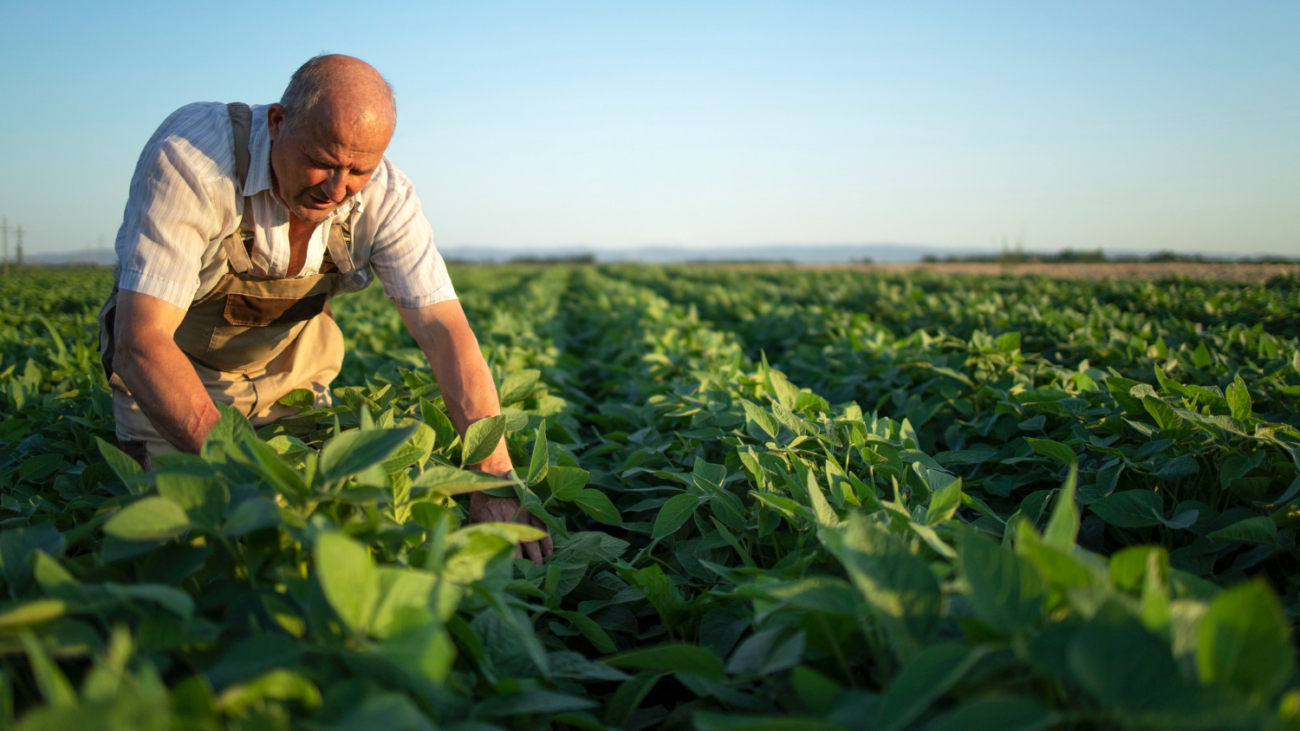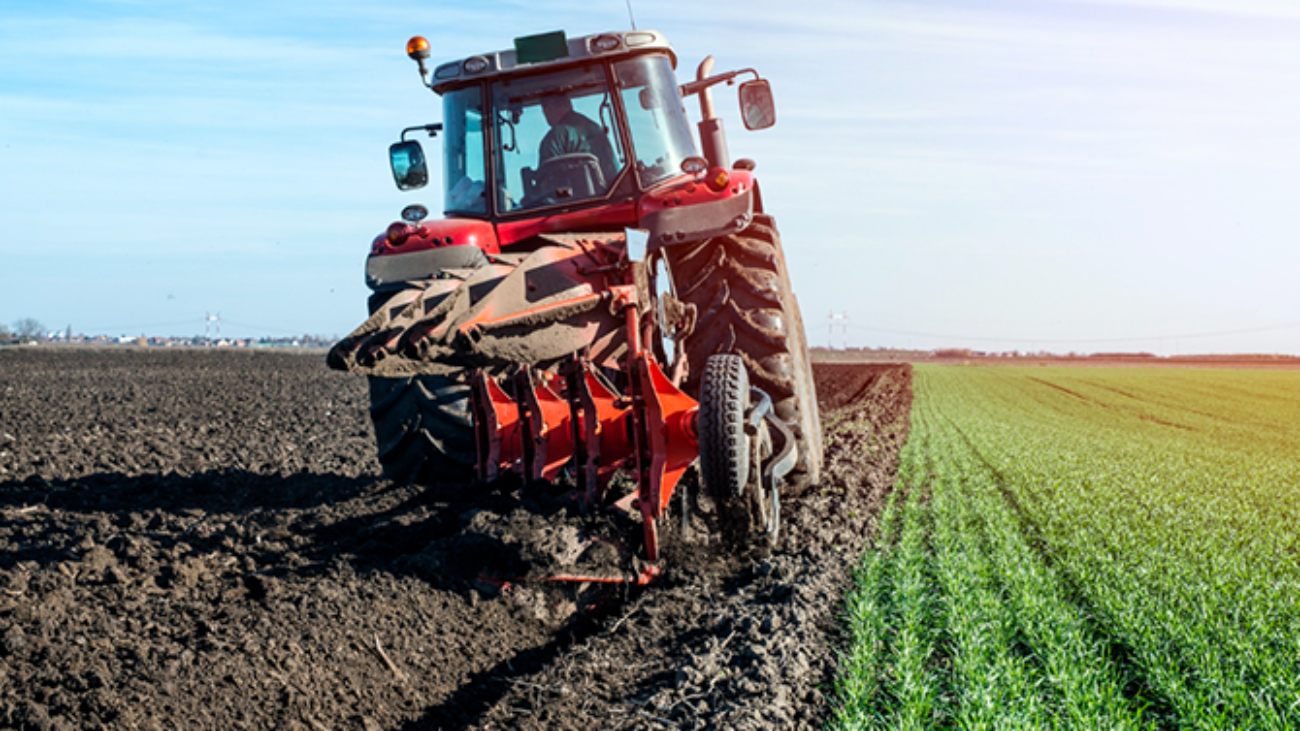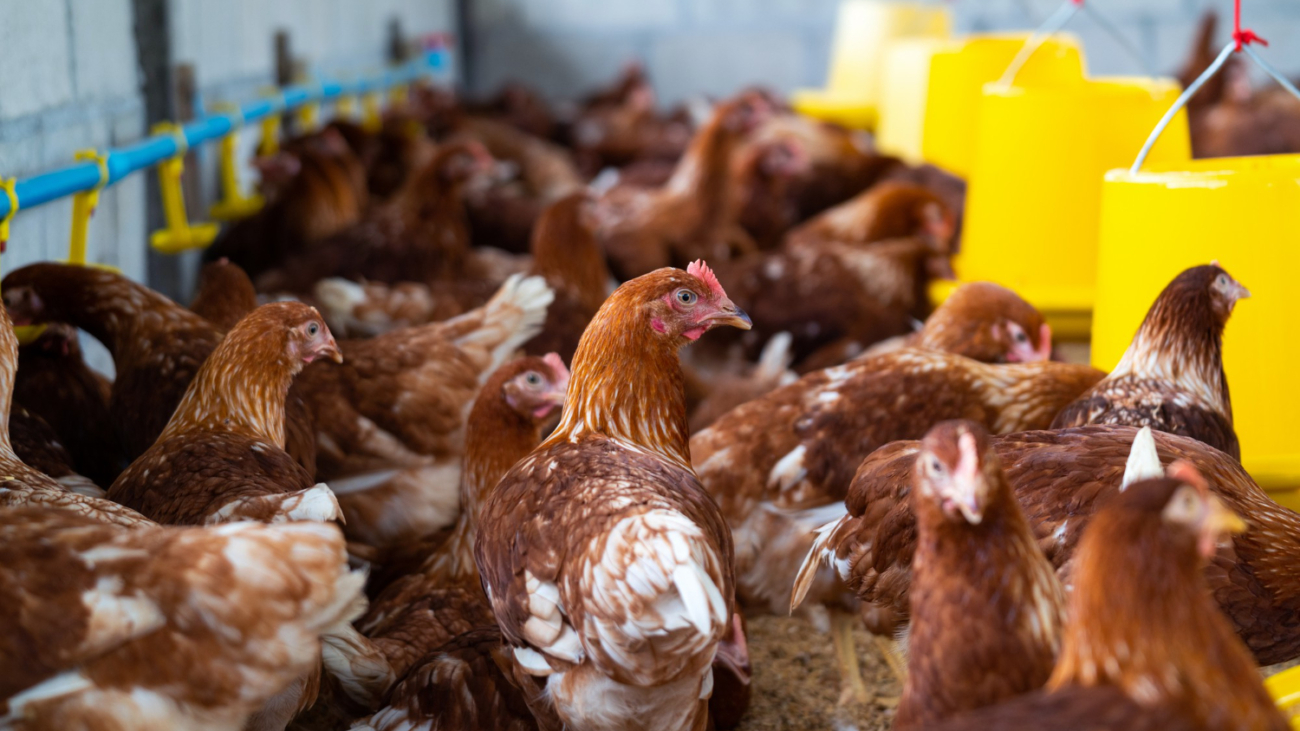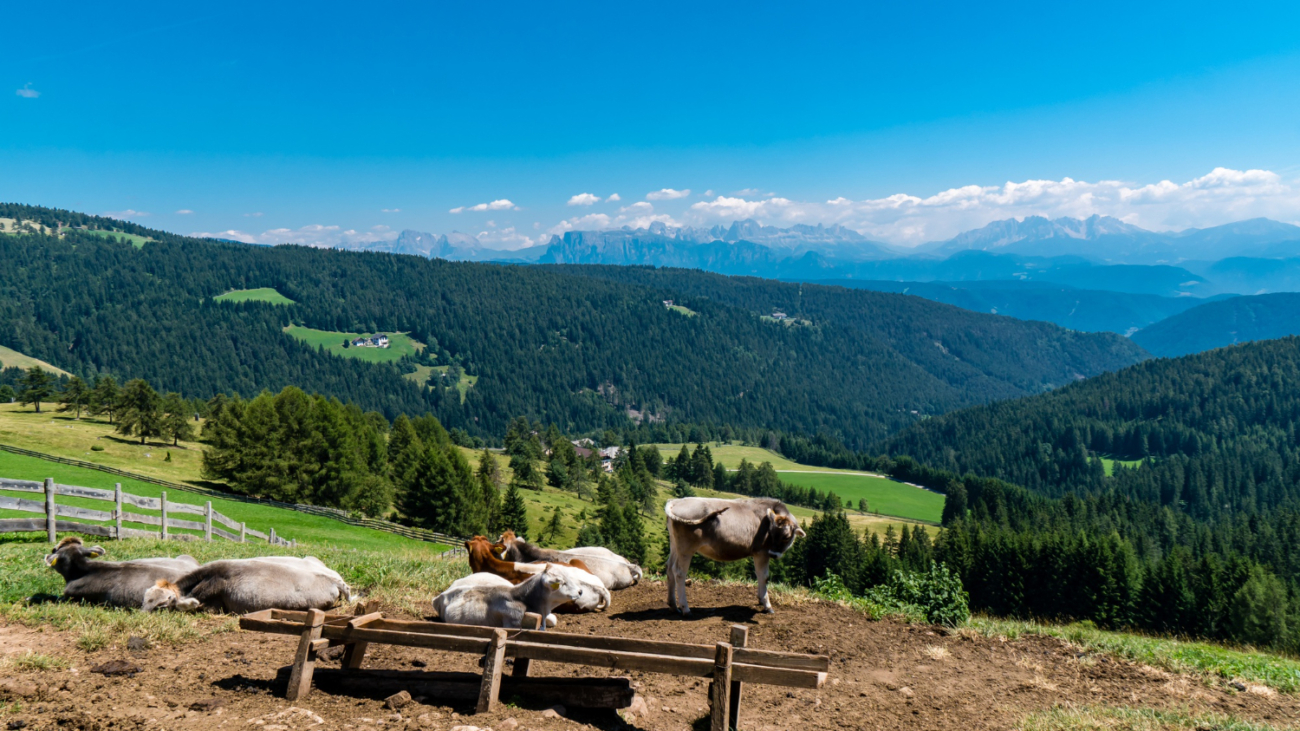Even before COVID-19 hit, labour availability in agriculture had been a significant challenge, including resolving shortages and designing safe working conditions. In Australia, a patchwork of visa programs, missing or incomplete labour statistics and a general ‘just-in-time’ approach to labour sourcing has long created challenges for agribusinesses at every stage along the supply chain.
Labour shortages in agriculture result in lost economic earnings from farmers via unpicked crops and wasted food. Shortages also drive cycles of environmental misuse and unsustainable land management practices.
In some circumstances, shortages generate a shadow labour market, where vulnerable people are exploited. Though individual farmers, agribusinesses or retailers may be unaware, their social licence can be at stake, potentially placing them in an impossible situation.
In 2019, during the peak of the harvest season, around 63,000 casual and contract labourers were granted visas to work on horticultural farms. By contrast, in 2020, the supply of overseas labour declined significantly and working holiday maker and seasonal worker visas fell by 48 per cent.
Horticulture has been the hardest hit by labour shortages. Horticulture in Australia is the third largest and fastest growing sector in agriculture, and over 95 per cent of its labour force is casual.
The CSIRO is investigating these cross-cutting labour issues in agriculture and land management to bring together researchers to focus research on the following areas.
- Identifying or developing models and coordinated sector-level responses that can address farm and processor-level concerns about anticipated or experienced labour shortages. The CSIRO are looking at what they can learn from other economic sectors that have similarly addressed issues around labour access and affordability, including mining, healthcare and construction. There may also be unique, horticulture-specific gaps that could be met by additional, focused research efforts.
- Assessing supply chain resiliency and supply chain vulnerability. The CSIRO are working together with retailers and major agribusinesses to analyse supply chain vulnerabilities to labour shortages. Analysing sustainability frameworks, reporting protocols and agribusiness disclosure efforts allows us to accurately and meaningfully report on efforts to reduce social licence risk and elevate best practices across the supply chain.
Modelling the relationship between climate change and human migration, and how this affects the availability and affordability of Pacific Island labourers for Australian agribusinesses that depend on importing labour into Australia from abroad.





